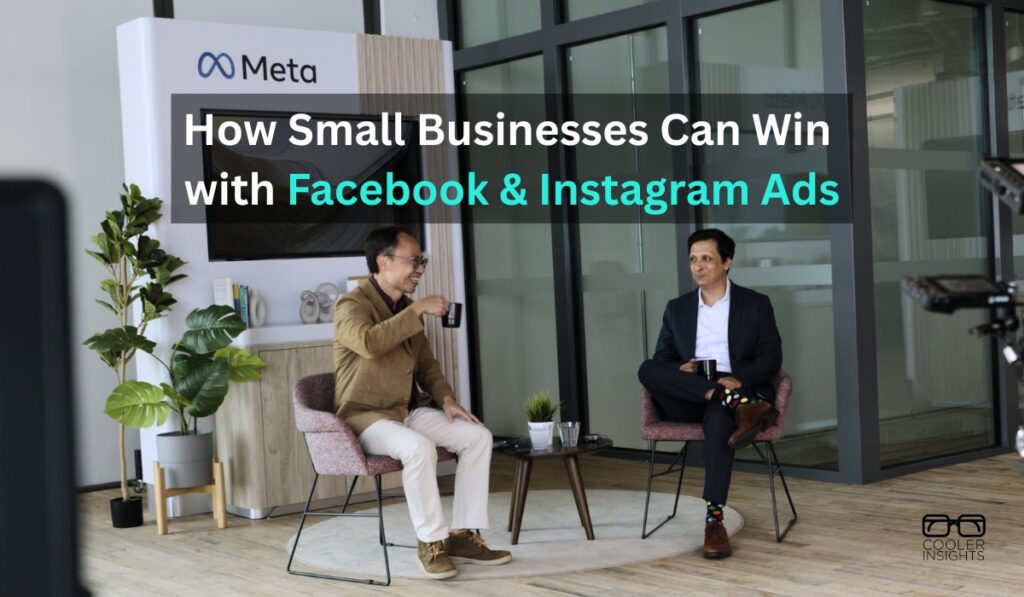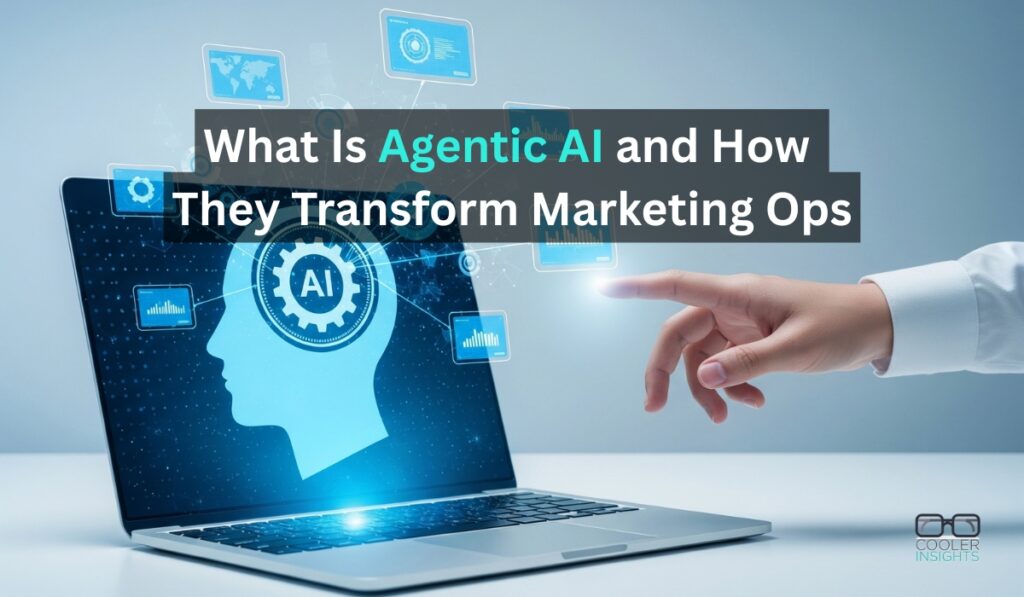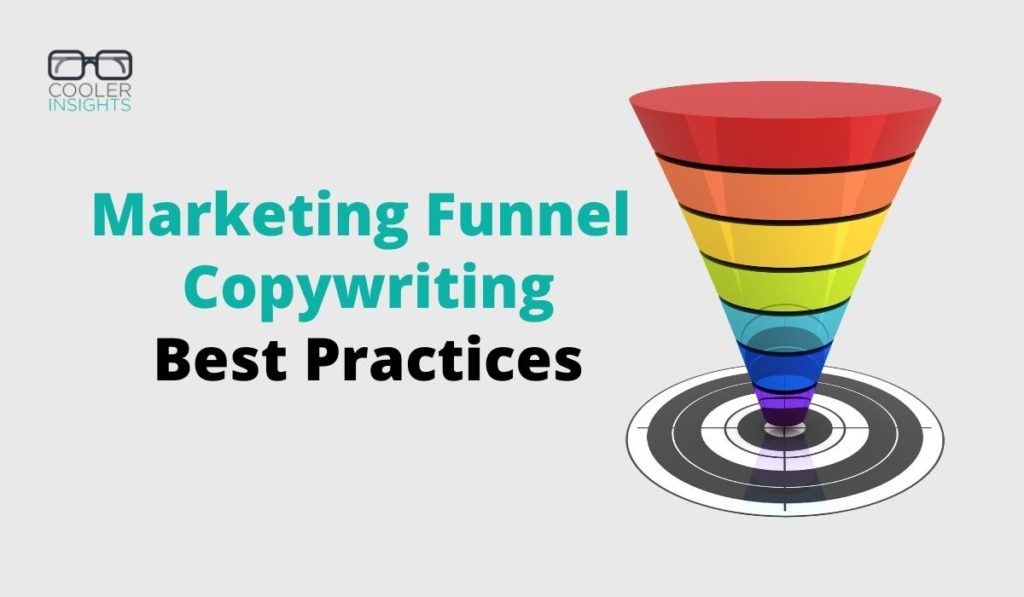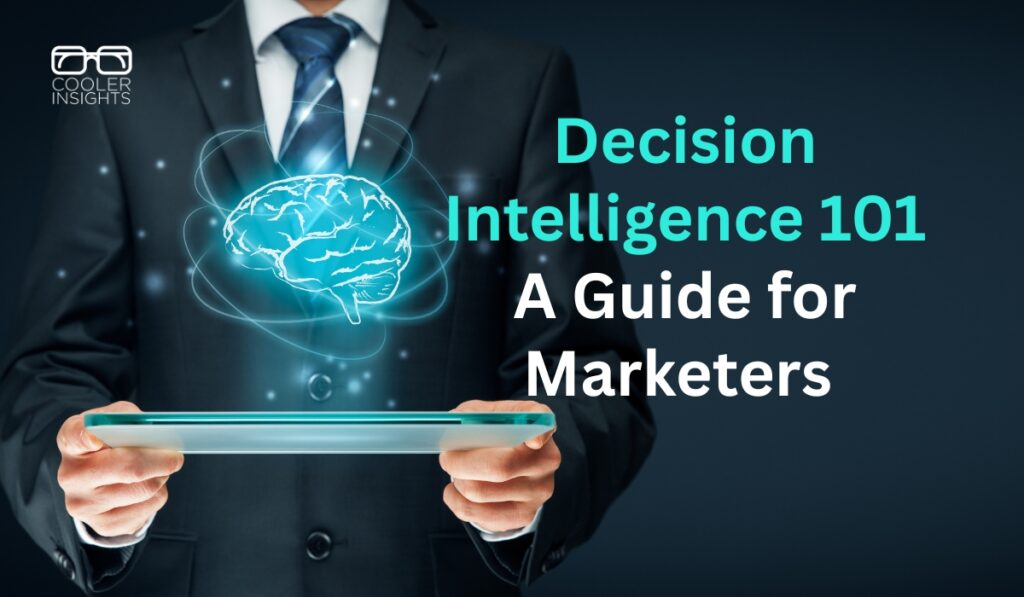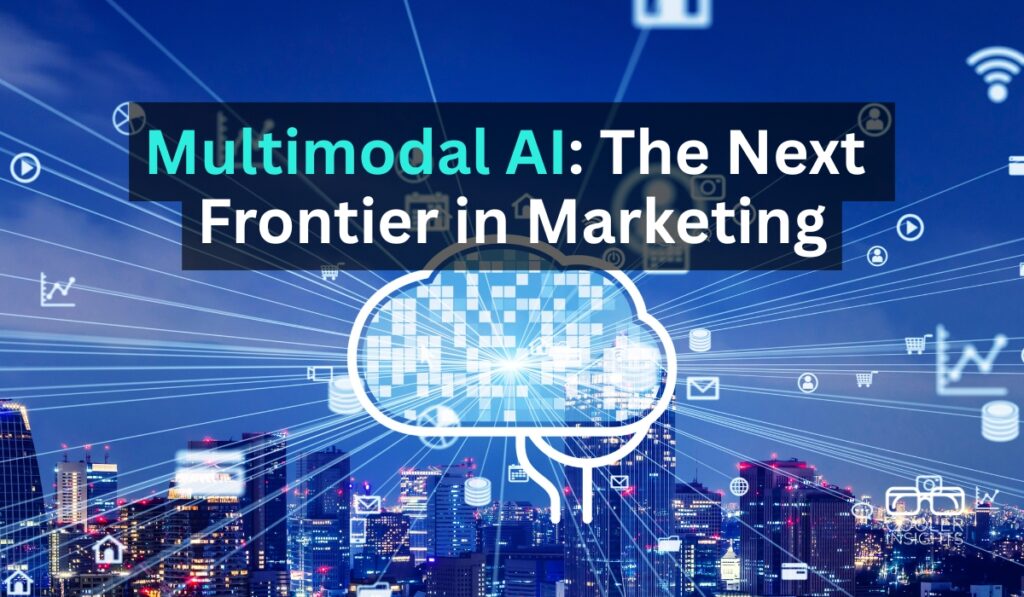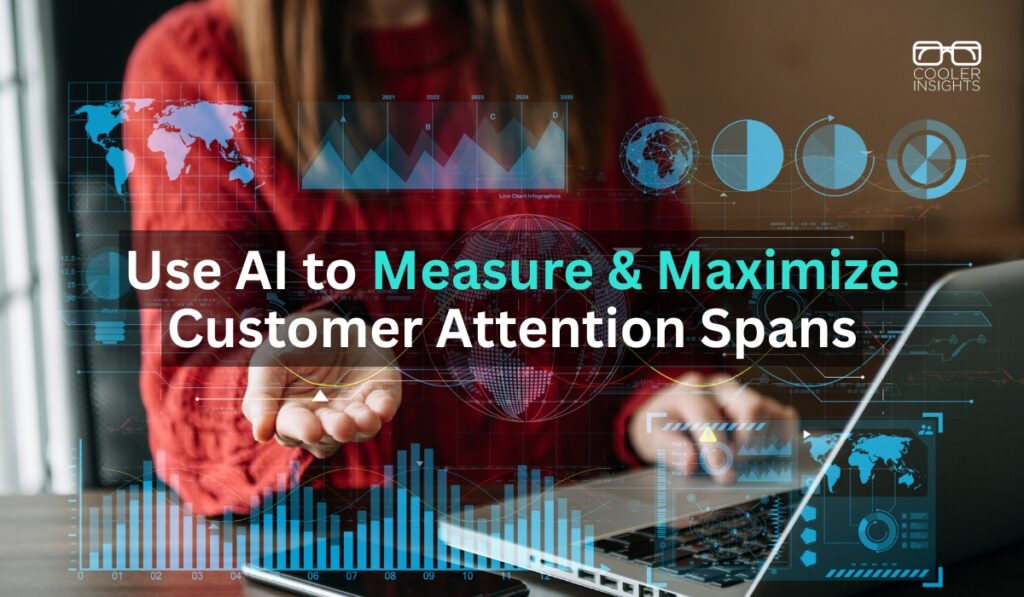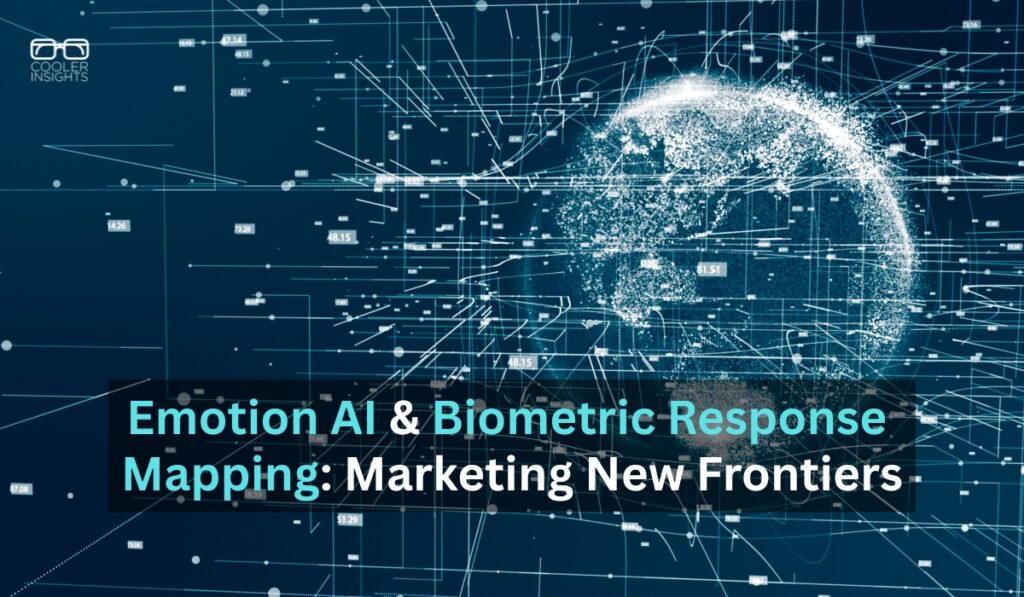
Wish your business could grab more sales during the big shopping festivals — 9.9, 10.10, 11.11, 12.12? These “Mega Sales Days” have become huge in Asia, pulling in billions of dollars in just a few clicks.
While the spotlight often shines on big e-commerce players, small businesses have just as much to gain if they know how to use Meta ads wisely.

